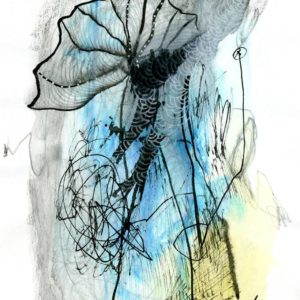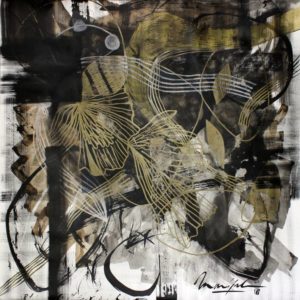Art News
 Speak Out: Marijah Bac Cam
Speak Out: Marijah Bac Cam
“I rely on my deepest feminine resources to find creativity.”
– Marija Bac Cam
On the occasion of Women’s History Month, Saatchi Art’s curators spoke with artists about their process, inspiration, and the ways in which their identity as a woman is relevant to their art.
Born in Laos, Marijah Bac Cam holds a BA (Hons) in Visual Arts from the University of Paris. Her works have been featured in exhibitions in France, Belgium, Turkey and China, including the National Gallery of Fine Arts in Beijing. Her work has been acquired by the prestigious Fondazione Luciano Benetton collection.

What does it mean to you to be a woman in art?
To be a woman in art is to recognize and accept the freedom of expression that is my strength and weakness. Like the female figure of Delacroix’s ‘Freedom Leading the People.
Which female artist inspires you most—past or present— and why?
The contemporary female French artist Fabienne Verdier inspires me for her abstract ink-based gestural work, but also for her artistic process, which has been constantly questioning herself by confronting a culture totally different from her own. I also like that she has given herself the means to adapt the size of her brushes to her needs and techniques.
What is your advice to a young woman who aspires to be an artist?
I would advise her to adopt positive thoughts in all circumstances and especially when doubt could overwhelm her. I would tell her to tap into her deepest feminine resources which are her intuition, her sweetness and her maternal instinct to find her creativity and her self-confidence.
What are the themes you pursue in your work?
The main themes I explore are surface and depth, organic movement and femininity.
Can you tell us about your process? Do you begin with a sketch, or do you just jump in? How long do you spend on one work? How do you know when it is finished?
Generally I proceed spontaneously and intuitively without any preparatory sketches. The time spent on one work depends on its size and the technique that is longer when it comes to drawing, between a few hours and two days. I feel that the work is finished when I have nothing more to tell and when a harmony has formed between background and form.
If you couldn’t be an artist, what would you do?
I would be a full-time art teacher (that is already my second job) or I would be an astrologer.













